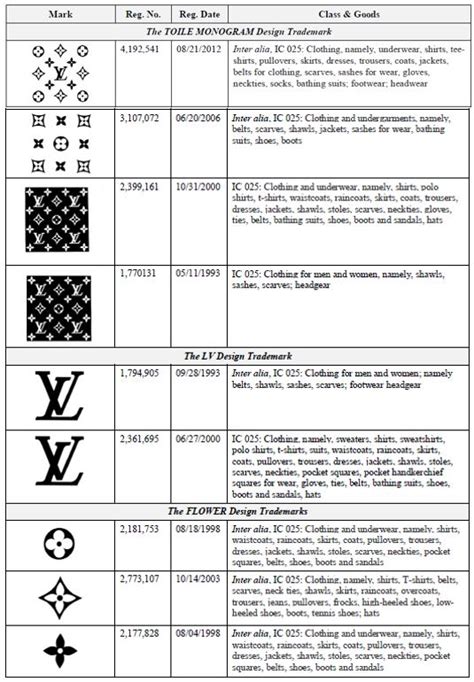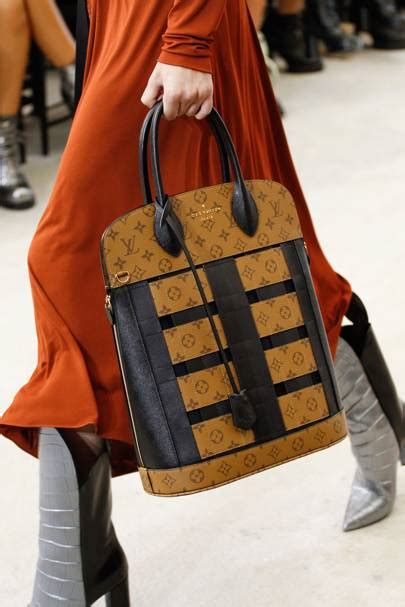lv protecting their brand from being copied and counterfeited | dupe counterfeit brands lv protecting their brand from being copied and counterfeited Restricted by the heavy legal costs of combating the counterfeiters, independent brands are fighting a tough battle but are hitting back with a smorgasbord of measures, . Description: Gently Used LV Ranger Fkat Combat Boots ,Black Leather Velcro Strap Additional shoe strings Brown LV signature on the back of the boot Size 6 - 36. Sold by picerne1. Fast delivery, full service customer support.LOUIS VUITTON Official USA site - Discover women's loafers and ballet flats. Shop women's fashion chunky loafers, ballerina style flats, and espadrilles from the best designer shoes brand.
0 · louis vuitton trademark
1 · louis vuitton brand protection
2 · louis vuitton anti counterfeiting
3 · dupes and counterfeit products
4 · dupe counterfeit brands
5 · counterfeit brands
Cardmarket uses cookies and other related tools. Aside from required cookies, we also apply other types of cookies, but only if you consent to them.
Louis Vuitton’s trademark registration strategy allows Louis Vuitton to assert three counts of trademark infringement, three counts of trademark counterfeiting, and three counts .

replica starter jackets
Restricted by the heavy legal costs of combating the counterfeiters, independent brands are fighting a tough battle but are hitting back with a smorgasbord of measures, .The study revealed the most counterfeited brands were Gucci, Louis Vuitton, and Chanel – over 50% of fakes identified. This suggests counterfeiters target historic luxury brands where . Louis Vuitton, as a leading luxury brand, asserts its right to protect its identity and reputation, presenting a case that highlights the significance of brand authenticity in the .

louis vuitton trademark
One of the main reasons why luxury brands like Louis Vuitton burn their unsold stock is to prevent it from being sold at discounted prices or being counterfeited. Luxury . Despite spending a fortune on legal fees and distribution controls, luxury goods companies struggle to combat counterfeiting. But the success of counterfeiting is rooted in .
Given their reputation, large product range, and the care and attention that goes into creating each design, it became necessary for the brand to protect its designs and brand . With an established legal department and an annual budget of €15 million earmarked for counterfeiting matters, the brand never withholds from protecting its goods .Companies must assess how well their key brands and products are secured in terms of legal protection, including an assessment of contracts for management of supply chain and . Louis Vuitton’s trademark registration strategy allows Louis Vuitton to assert three counts of trademark infringement, three counts of trademark counterfeiting, and three counts of trademark dilution for each infringing article of clothing.
louis vuitton brand protection
louis vuitton anti counterfeiting
Following its respect for creativity and protection of intellectual property, Louis Vuitton has a zero tolerance policy to counterfeiting. Preserving the creativity and the rights of designers, artists and brands is vital to their long-term survival.

Restricted by the heavy legal costs of combating the counterfeiters, independent brands are fighting a tough battle but are hitting back with a smorgasbord of measures, ranging from adding QR labels to making their designs harder to copy.
The study revealed the most counterfeited brands were Gucci, Louis Vuitton, and Chanel – over 50% of fakes identified. This suggests counterfeiters target historic luxury brands where prestige drives popularity and revenue potential.
Louis Vuitton, as a leading luxury brand, asserts its right to protect its identity and reputation, presenting a case that highlights the significance of brand authenticity in the marketplace. Their primary argument underscores the notion that counterfeits dilute the brand’s value, confuse consumers, and undermine the luxury market’s standards. One of the main reasons why luxury brands like Louis Vuitton burn their unsold stock is to prevent it from being sold at discounted prices or being counterfeited. Luxury brands have built their reputation on exclusivity and quality, and they want to maintain that image by keeping their products out of discount stores or counterfeit markets. Despite spending a fortune on legal fees and distribution controls, luxury goods companies struggle to combat counterfeiting. But the success of counterfeiting is rooted in strategic decisions . Given their reputation, large product range, and the care and attention that goes into creating each design, it became necessary for the brand to protect its designs and brand name, from being copied or misused.
With an established legal department and an annual budget of €15 million earmarked for counterfeiting matters, the brand never withholds from protecting its goods against unauthorized users .Companies must assess how well their key brands and products are secured in terms of legal protection, including an assessment of contracts for management of supply chain and distribution channels. Combine and layer intellectual property rights where appropriate.
Louis Vuitton’s trademark registration strategy allows Louis Vuitton to assert three counts of trademark infringement, three counts of trademark counterfeiting, and three counts of trademark dilution for each infringing article of clothing.Following its respect for creativity and protection of intellectual property, Louis Vuitton has a zero tolerance policy to counterfeiting. Preserving the creativity and the rights of designers, artists and brands is vital to their long-term survival.
Restricted by the heavy legal costs of combating the counterfeiters, independent brands are fighting a tough battle but are hitting back with a smorgasbord of measures, ranging from adding QR labels to making their designs harder to copy.The study revealed the most counterfeited brands were Gucci, Louis Vuitton, and Chanel – over 50% of fakes identified. This suggests counterfeiters target historic luxury brands where prestige drives popularity and revenue potential. Louis Vuitton, as a leading luxury brand, asserts its right to protect its identity and reputation, presenting a case that highlights the significance of brand authenticity in the marketplace. Their primary argument underscores the notion that counterfeits dilute the brand’s value, confuse consumers, and undermine the luxury market’s standards.
One of the main reasons why luxury brands like Louis Vuitton burn their unsold stock is to prevent it from being sold at discounted prices or being counterfeited. Luxury brands have built their reputation on exclusivity and quality, and they want to maintain that image by keeping their products out of discount stores or counterfeit markets.
dupes and counterfeit products
Despite spending a fortune on legal fees and distribution controls, luxury goods companies struggle to combat counterfeiting. But the success of counterfeiting is rooted in strategic decisions . Given their reputation, large product range, and the care and attention that goes into creating each design, it became necessary for the brand to protect its designs and brand name, from being copied or misused. With an established legal department and an annual budget of €15 million earmarked for counterfeiting matters, the brand never withholds from protecting its goods against unauthorized users .
dupe counterfeit brands
5th Edition (5e) Bard spell list, organized by level.
lv protecting their brand from being copied and counterfeited|dupe counterfeit brands


























